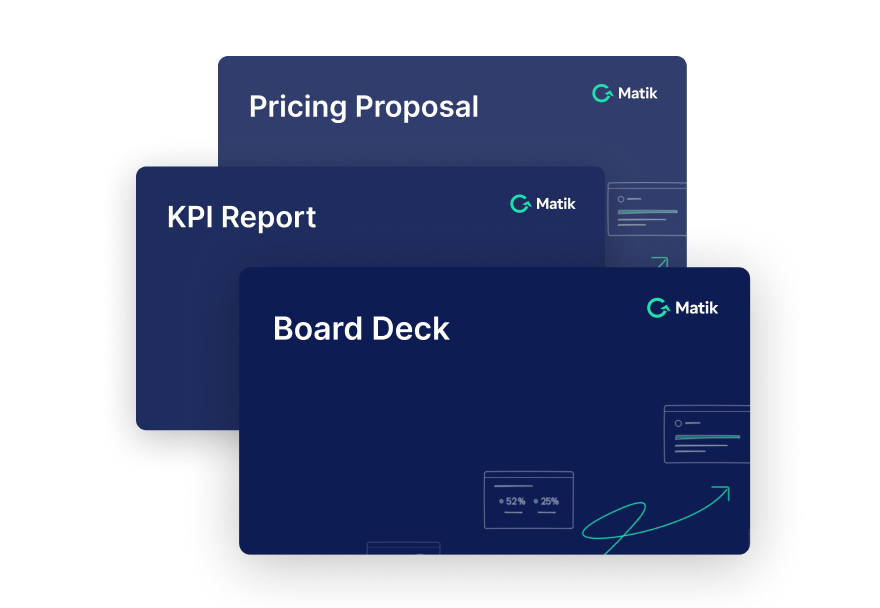Join Our Newsletter
A successful onboarding period is the foundation that helps customers achieve success with your product and maximizes each customer’s lifetime value. By providing a positive onboarding experience, you can set your customers up for long-term success, improve retention rates & customer health scores, increase customer satisfaction, build trust, and help your customer understand the value of your product or service. In other words, mastering the onboarding stage is absolutely crucial for customer success.
How to Onboard Customers in SaaS Customer Success
While there are many effective ways to onboard customers in SaaS customer success, there are also several common mistakes that teams make. These may include lack of personalization, unclear directions and next steps, and not understanding the customer’s goals, expectations, and objectives. To make sure your next customer onboarding experience goes as smoothly as possible, keep the checklist and best practices below in mind.
Step 1. Collect customer information
Gather important customer information such as company size, industry, goals, and challenges to make sure you’re able to meet the customer where they are and personalize the onboarding experience accordingly. A smooth sales-to-customer success handoff process is essential for gathering all the information you need.
Step 2. Welcome email
Introduce yourself, explain what you do and how you can help, and provide contact information. Reiterate what you know about the customer’s business and goals to establish trust and credibility. You may also choose to provide an onboarding checklist of your own to give the customer an overview of what to expect in the weeks and months to come.
Step 2. Schedule a kickoff call
Schedule a call with the customer to introduce yourself, discuss their goals, and explain the onboarding process. Make sure all key stakeholders are added to the call to ensure that the right people are introduced to the product. Remember: A successful kickoff call sets the stage for the customer’s entire experience with the product — use a comprehensive client kickoff deck template like this one to make sure you cover all your bases.
Step 3. Set up the customer in your system
Create the customer's account, set up any necessary integrations, and grant access to relevant features. If applicable, work with the customer to customize the product to meet their needs, such as configuring settings and creating custom reports.
Step 4. Product training
Provide the customer with any relevant training materials such as user guides, video tutorials, and FAQs. Schedule training sessions to guide the customer through using your product or service and help them get started.
Step 5. Conduct check-in calls
Depending on your customer’s needs and objectives, schedule a check-in call (or multiple check-in calls) with the customer to ensure that they are on track and answer any questions they may have. Keeping a line of communication open with the customer and their team during this early stage will build their confidence and trust in your product, while also helping to drive user and feature adoption.
Step 6. Provide ongoing support
Provide ongoing support to the customer, answer any questions they may have, and help them troubleshoot any issues that arise. Oftentimes, a customer’s goals and pain points may shift, and it’s your responsibility to help them adjust accordingly.
Step 7. Conduct regular reviews
Conduct regular reviews with the customer to discuss their progress, identify areas for improvement or growth, and exchange feedback. Whether these reviews take place over meetings or emails, they provide opportunities for you to understand the customer’s onboarding progress and how you can help improve it. Use metrics and data to track the customer's progress through the onboarding process, and use these reviews to identify areas where they may need additional support or guidance.
Step 8. Celebrate successes
Onboarding a new product is a big deal that deserves to be celebrated — especially when it helps the customer transform processes and makes life easier for their team as a whole. Make sure to celebrate successes with the customer throughout the onboarding process such as hitting key milestones or achieving important goals.
While onboarding is a multi-step process that can seem overwhelming for everyone involved, there are ways to make it scalable and repeatable. Be sure to follow a checklist like the one above, set clear expectations, personalize the experience, communicate regularly, use data to track progress, and focus on the customer’s achievements with your product. This will help you create an onboarding experience that sets your customers up for success and ensures they get the maximum value from your product.
---
See Matik in Action—Request a Demo















